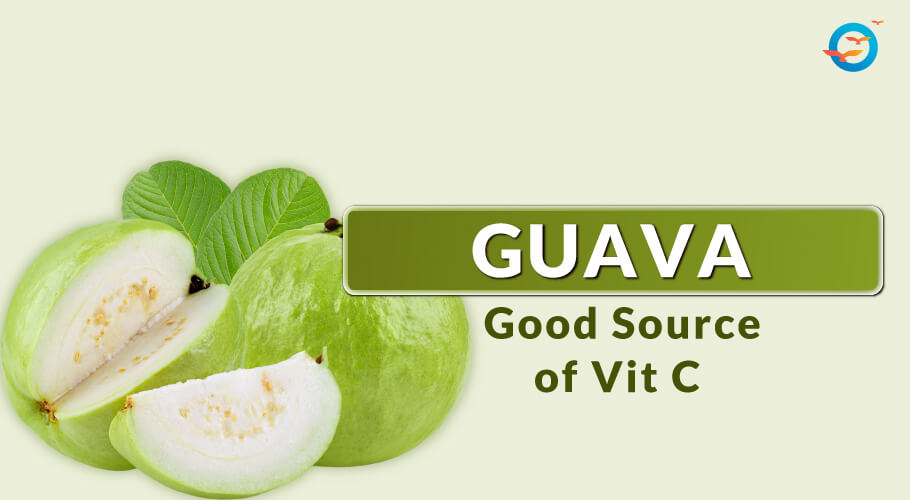Diabetes: Go for Guava Fruit

Guava for Diabetes
Did you ever think about how things got discovered?
How do they progress to the state where they are?
History has always been exciting. Food history is even more exciting. One always wonders how mankind discovered grains, herbs, fruits, developed recipes, came to know their nutritional qualities, usage, etc.
Fruits have always been an area of curiosity for me. How would have people found out which are edible, their nutritional qualities, and medicinal properties? Guava is one of my favorite fruits that always raises a question.
How would have guava been discovered?
Guava whose scientific name is Psidium guajava originated from part of Central America, Mexico, the Caribbean region, and Northern South America. According to the archaeological record in Peru about the evidence of guava cultivation, it was shown that its cultivation started as early as 2500 BC.
Guava which is the English name is called “Guajava” in Spanish and “Goiaba” in Portuguese. Amrud is pear to round-shaped. Their pulp contains many small hard seeds. The fruit has yellow-green skin and white, yellow, or pink flesh.
Not only fruits, but other parts of the tree are health benefits as well which makes it versatile. The tree's bark is also useful medicinally for treating numerous ailments.
Guava Nutrition
The Glycaemic Index of Guava is 12-24 which puts it in the low GI category and The glycaemic load is 1.3-5 which puts it again in a very low GL category. Both the above numbers are good for diabetic patients.
It is worth noting that 100 grams (g) of raw amrud fruit contains:
- 135 calories
- 5.13 g of carbohydrates.
- 1.44 protein
- 8.59 g of dietary fiber
- 228.3 mg of vitamin C
What do we note from the above guava nutrition facts?
One thing that we can immediately make a note of is abundant Vitamin C and it is rich in Vitamin. But did you know, it is apart from being a very tasty fruit, is also very helpful in 'diabetes'
Guava greatly helps diabetics in the following ways-
1) It's a great snack for diabetics with a low glycaemic index.
2) It's very rich in dietary fiber (pectin – soluble fiber) that helps ease constipation (a common diabetic complaint).
3) It's a rich source of Vitamin C and phenolic compounds hence considered a highly nutritious fruit.
4) Diabetes is responsible for the increased generation of free radicals and defective antioxidant defense systems. One of the main reasons behind the progression of the diabetogenic process is found to be oxidative stress. Therefore, antioxidant-rich foods like guava are a good dietary intervention in the management of type 2 diabetes.
5) Leaves have also been found to be useful in diabetes. guava leaf tea is found to be of great help in treating diabetes naturally.
But how much guava can a diabetic have?
Diabetics can have one medium-size amrud. All the above information puts into the "must-have category" for diabetics. So...if you have Diabetes - go for it!
Did you find the above information interesting? If you liked the blog, do share it on your social pages. Also, you can visit our Instagram account to learn more about Diabetes management, Tips for Diabetes Control, and Diabetes reversal. Be updated... Be healthy!

